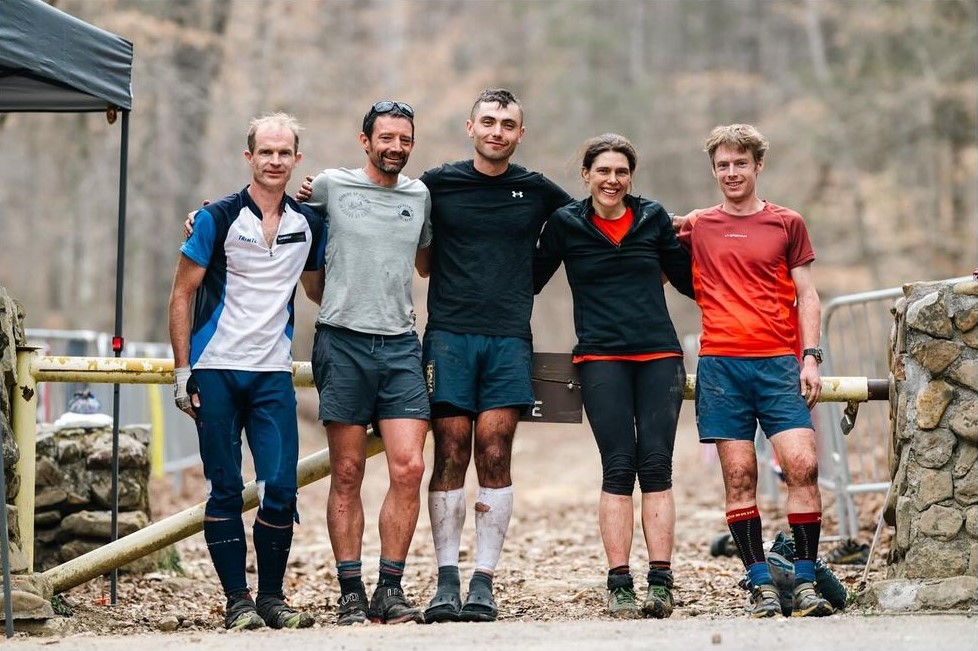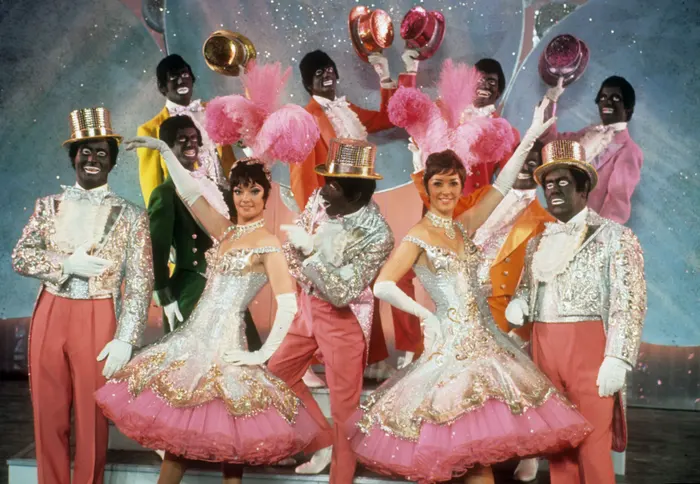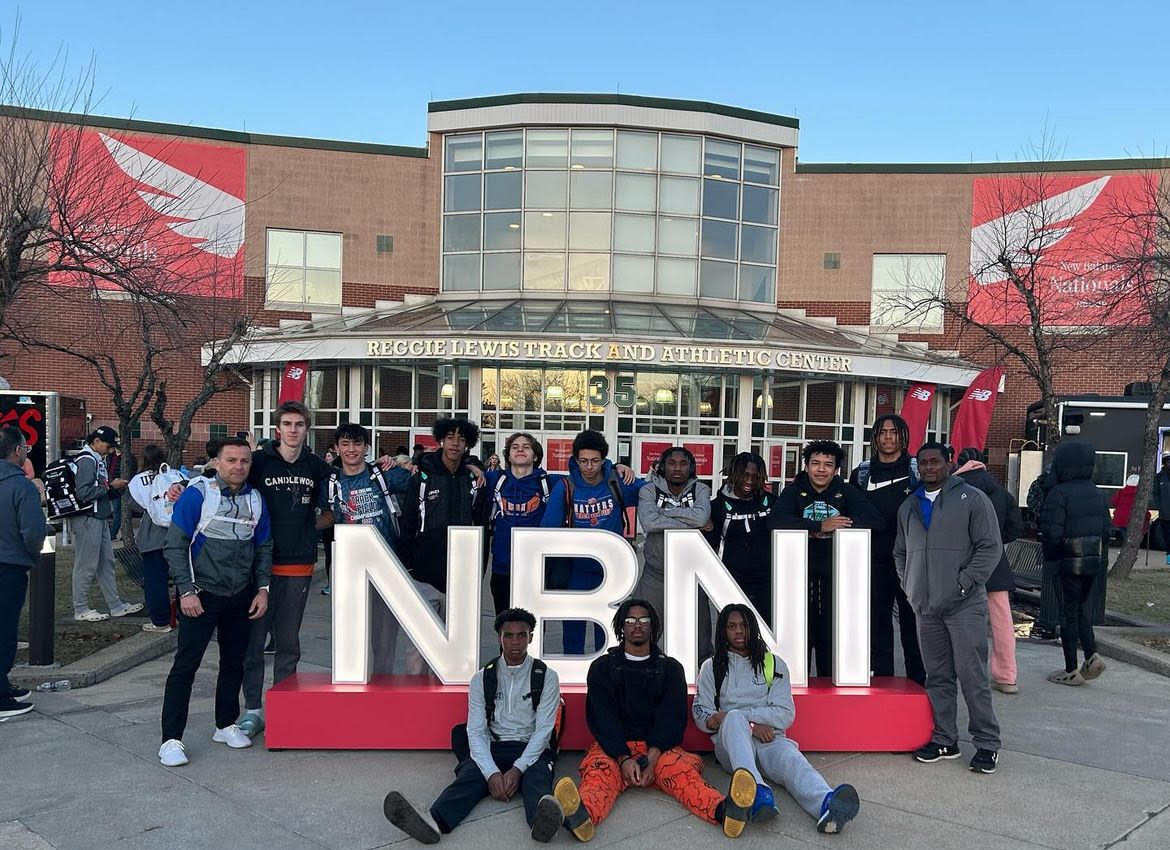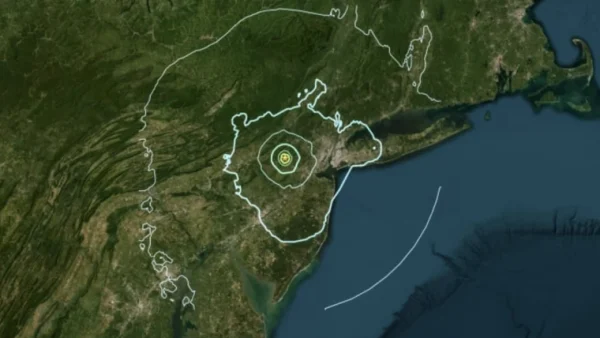New track poses new problems
Construction is interrupting DHS activities
A sign details that the DHS track is closed during construction.
September 19, 2019
It came to nobody’s surprise when Danbury High School officially announced the construction of a new track in early spring. The old track was built in 2002 with a life span of 10 years. However, talk of construction only arose in 2016 amongst city planners once the track became in need of serious repairs.
City construction services set aside about $2 million dollars to the DHS Athletic Department in order to construct the new track. Work officially began on July 5th, with Mayor Mark Boughton stating that it’s “important to get the new track completed and installed by the end of November so that it can be used for the next track season in the spring of 2020.”
However, a focus on spring sports leaves the participants in fall sports behind as the track construction grows to impede their schedules. 14 of the 20 fall sports teams use the track for both practices and games, including football, cross country, field hockey, and soccer. While the track use is already limited, all use will be restricted for weeks after paving on September 24th. It’ll become increasingly complicated to schedule practices and games for each team accordingly.
To make accommodations, Athletic Director Chip Salvestrini has offered venues like Tarrywile Park and the soccer field for team practice. Salvestrini explained that for the 46 upcoming games this season, he will offer “thirteen different facilities that make up the loss of the field during home games.” Recently, Girls’ Varsity Field Hockey had to start playing their home games inside the Danbury Sports Dome.
However, these facilities require additional needs that are difficult to obtain on the limited DHS budget. Buses have had to be purchased to transport athletes to their games. Ambulances have to be on-site in case of athletic injury. Advisors (often teachers) have to come and supervise the student-athletes when they’re not competing. These all represent additional costs that come with DHS hosting “home” games on the road.
The changes in venues have definitely impacted students. Sarah Johnson, a senior on the girls’ cross country team, says that her practices have had to be moved to the “soccer field and roads, which is definitely harder.” Over the course of summer football training, Junior Patrick Rosetti had to “practice on the grass field instead of the turf field all summer.” Varsity games also had to be pushed until the fourth week of the season “due to construction.”
During school hours, students are also feeling the limitations in P.E., where unit electives that rely on the track, such as the “Fitness Unit,” are becoming restricted by construction. “It definitely limits what types of activities we can give to our P.E. students,” explained Physical Education teacher Robert Murray.
Beyond sports, other school activities have also felt the scheduling heat. The marching band is reliant on the track and the turf field to practice. “We also get to practice in the parking lot, but there’s a difference between practicing where there are markings and practicing where it’s a replication of actual competition,” explained DHS Marching Band Director Elizabeth Dandeneau. Currently, the marching band is frontloading what limited practice time they receive on the turf field to prepare for upcoming competitions, but Dandeneau still experiences concerns about the future: “The track is being paved over in the next couple of weeks and will have to sit out to dry for a month. If there’s poor weather, that could mean our biggest fundraiser – the Jamboree – will be delayed as the track will have to sit out longer.”
The arrival of the incursions during the fall season is partially due to the delayed construction of the track. Graduation and end-of-the-year events left the track booked during June, which forced construction to be pushed off until July. “It’s been very difficult to deal with. I’ve had a lot of experience, but I have never had to plan and schedule as much as now,” Salvestrini said.
Still, one of the 46 upcoming games will be played on the track: Homecoming. The annual tradition will actually be allowed to remain on DHS turf to the delight of many DHS students and staff. “We are thankful that Mr. Salvestrini was able to work out with the construction company for us to be able to have Homecoming in our stadium,” explained DHS Varsity Football Coach Augustine Tieri. His team shared his feelings.
Despite the challenges that arose with the timing of the track’s constructions, many DHS sports teams still find the new track essential. Murray claimed that their practice accommodations were suitable enough so that the team is still prepared to perform well at all competitions, “Once the track is restored, we’ll be able to train effectively and enable our youth track and field programs to put forth local, regional, and state meets.” After all, Salvestrinni said it best: “The number one girls’ track team in the state deserves a home meet.”
Now, the disarrayed track will be refurbished to represent the champions DHS athletes are. Many are hopeful that this construction represents a path towards advancing more DHS sports facilities to the benefit of the youth. Tieri believes “a new turf is also on the horizon to support the many great programs at DHS and community programs that utilize it. Our Mayor is a major supporter of our sports programs, so it’s most likely [in the] near-future.”



































